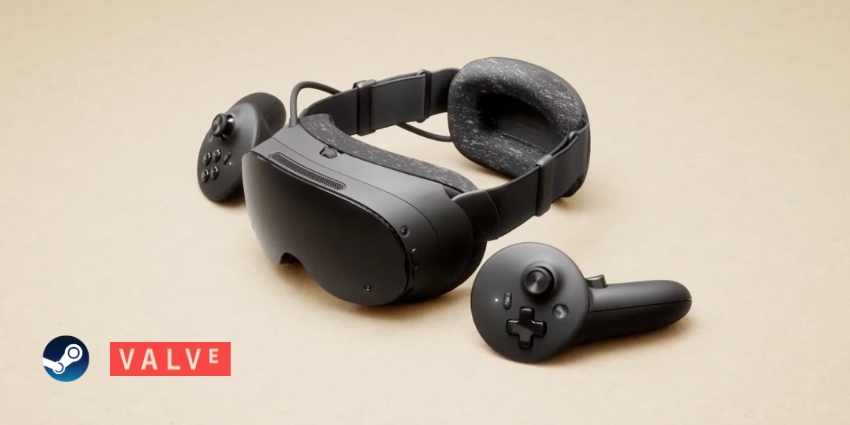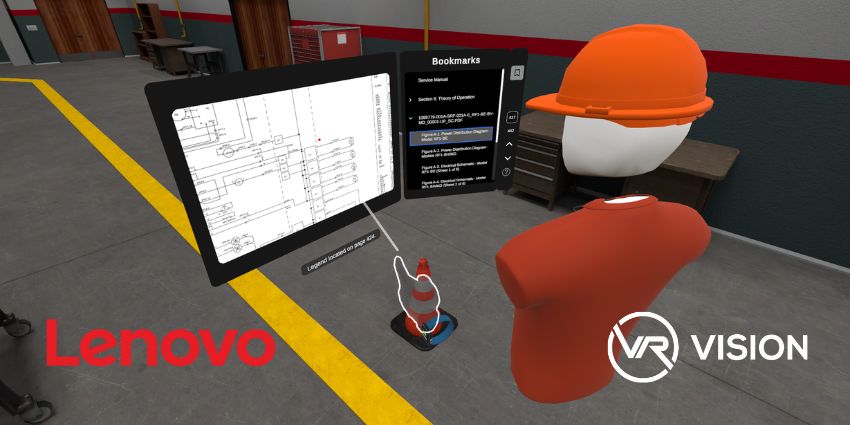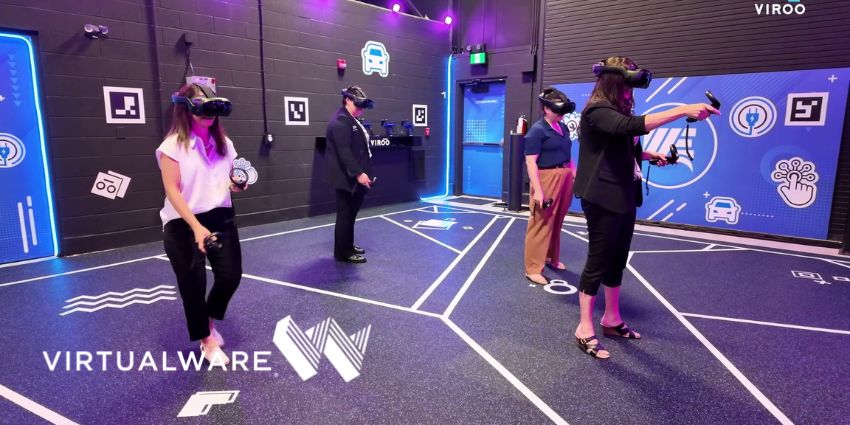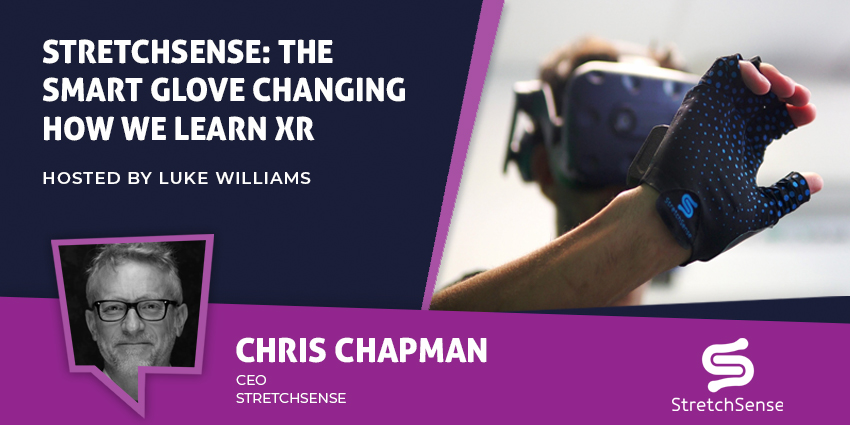As SIGGRAPH rolls into play, the XR space is readying up with some crucial advancements. Earlier this month, major industry events, WWDC and AWE, fueled the market; now, with SIGGAPH on the way, the month is proving vital in 2024’s development of the enterprise XR space.
As the middle of the year approaches, major industry players are pivoting plans and exercising caution going into the new year. Meanwhile, countless start-ups are joining the race with grand ambitions.
Even Realities Debuts G1 Digital Glasses
German XR hardware vendor Even Realities is launching its first smart glasses product, the G1 Digital Glasses. These glasses combine wearable AR, AI, and LLM technology in a stylish device similar to the Meta Ray Ban portfolio.
Even Realities aims to move away from bulky and inaccessible XR wearables by focusing on wearability and usability. The company is promoting the G1 device for extended and daily usage. Will Wang, the Founder of Even Realities, stated that the G1 Digital Glasses help “redefine the way people interact with technology.”
The product is still targeted at individuals familiar with XR, but the company notes how the glasses cater to productivity and workplace usage, from remote working to professional offices. Even Realities G1 is untethered, enabling unrestricted indoor and outdoor use.
Like other smart glasses, Even Realities powers its device with a custom OS and UI. The G1 “Even OS” features include leading integrations such as real-time spoken language translation, step-by-step instructional AR visualizations, AI teleprompter, hands-free note-taking, instant messaging, and work reminder pop-ups. Furthermore, besides the Even OS features, the G1 smart glasses allow users to use genAI and LLM tools, such as ChatGPT.
The G1 device also contains waveguide optics, binocular ocularity, 640×200 resolution, a 25-degree field of view, a 20Hz refresh rate, a micro-LED display, UK protection, two built-in microphones, and wireless charging.
Varjo’s Debuts Teleport Digital Twin Solution
Varjo has introduced its new Teleport solution, which allows iOS users to create virtual recreations of real-world locations. The service is in an early access period, and more distribution details will come soon.
The Teleport solution is an exclusive smartphone application for Apple users. It enables users to easily capture spaces for sharing and exploration through an XR headset, allowing complete spatial movements within a captured VR environment.
By launching as an iOS service, Varjo is making it possible for users to create digital twins of large-scale targets without needing expensive additional equipment. Varjo emphasizes that the Teleport solution can recreate targets with accurate renditions of lighting, shading, textures, details, and reflections.
After scanning an area, a user can upload the asset to Varjo’s cloud storage space. Once uploaded, Varjo provides ML tools for further processing and editing. Users can also share their captures via a private link, allowing colleagues to review a Teleport digital twin.
The Teleport service coincides with Apple’s Vision Pro spatial recording service for the MR headset. It lets users capture 3D images from their iOS device and watch those recordings on a Vision Pro headset.
Apple Reveals New Vision Pro Model
There have been reports that Apple is facing delays in producing the next Vision Pro model. The company had initially planned to introduce a more affordable version of the Vision Pro with fewer features after the initial model. Still, it seems to be encountering issues with this plan.
Recent news suggests that Apple is scaling back its plans, but despite the delays, it aims to release the lite Vision Pro in late 2025 or early 2026. This news comes after the WWDC event, where Apple announced new regional availability and enterprise APIs. Once the device is launched, a more flexible entry-level spatial computing device is expected to help expand the user base.
Despite the setbacks this week, more details about the upcoming cheaper Vision Pro model have surfaced. Apple’s Vision Products Group and top executives are reevaluating the device’s roadmap and discussing ways to improve its distribution and adoption through a more affordable model.
Furthermore, the report mentions that Apple has been working on a cheaper version of the Vision Pro for years, with predictions that the more affordable model will be priced at around $1,500 to $2,000. The cheaper Vision Pro has not yet been given an official name, but the prototype device is called “N107.” It’s worth noting that this price range is still higher than that of most major XR headsets.
Meta Quest Face Critical Restructures
Meta’s Chief Technology Officer (CTO), Andrew “Boz” Bosworth, announced a significant restructuring within the company’s Reality Labs division. Meta is reorganizing its hardware ambitions and reducing its staff as part of this restructuring, with the immersive solutions division split into two core operational groups.
The first group will focus on the Metaverse and will work on relaunching technology promises by utilizing hardware such as the Quest headset line. The second group, the Wearable division, will expand and refine Meta’s broader hardware portfolio, including its smart glasses product created in collaboration with Ray-Ban.
While these changes signal a positive move forward for Meta and its constant innovation in new XR solutions, the company is also laying off employees. Although Meta has not confirmed the number of layoffs, it is not uncommon for the company to downsize its staff yearly.
This news comes on the heels of Meta’s partnership with LG coming to an end. As the firm gears up for Connect 2024, the upcoming international decisions and restrictions may provide a clearer vision for Meta’s future.







